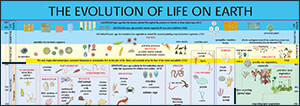Life Establishment on Urantia
Paper 58 Condensed and Illustrated
by Saskia Praamsma (2004)
- Paper 57: The Origin of Urantia
- Paper 58: Life Establishment on Urantia
- Paper 59: Marine Life Era on Urantia
- Paper 60: Urantia During the Early Land-Life Era
- Papers 61-62: Ape-to-Man Pictorial Guide
- Papers 61-62: How Man and the Ape Are Related
1. Archeozoic (pre-life era) extends over the initial 450,000,000 years.
600,000,000 years ago Life Carriers arrived on Urantia to study the physical conditions preparatory to launching life. Having projected a sodium chloride pattern of life that can only function in a suitable salt solution, life could not be planted until the ocean waters had become sufficiently briny.
550,000,000 years ago the Life Carrier corps returned to Urantia.
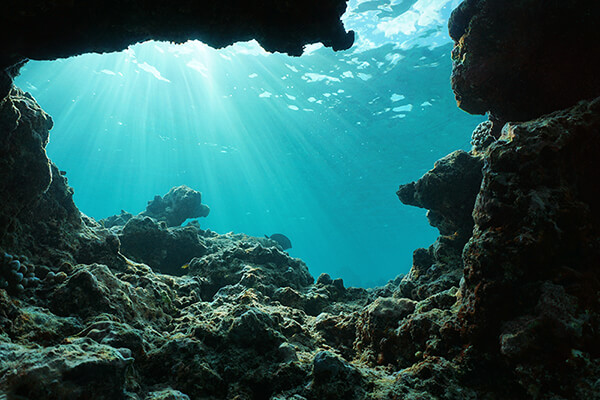
Ideal conditions for marine-origin life implantation are provided by a large number of inland seas, by an extensive shore line of shallow waters and sheltered bays. These ancient inland seas were seldom over five or six hundred feet deep, and sunlight can penetrate ocean water for more than six hundred feet. 58:1.7 (665.2)
2. Proterozoic [life-dawn] era extends over the next 150,000,000 years.
In co-operation with spiritual powers and superphysical forces we organized and initiated the original life patterns of this world . . .
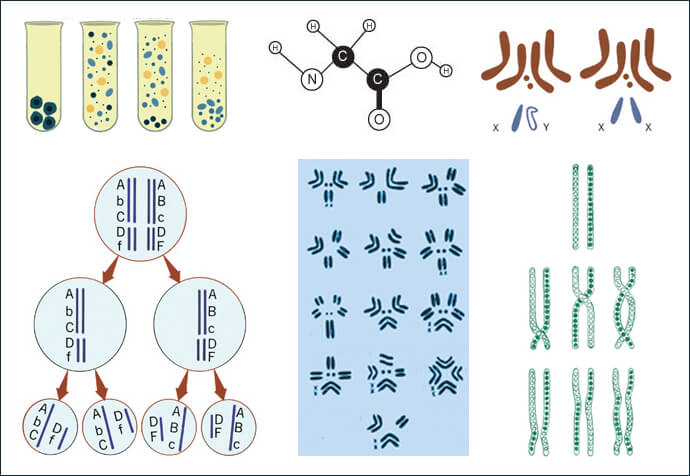
. . . and planted them in the hospitable waters of the realm, in three original, identical, and simultaneous marine-life implantations: the central or Eurasian-African, the eastern or Australasian, and the western, embracing Greenland and the Americas.
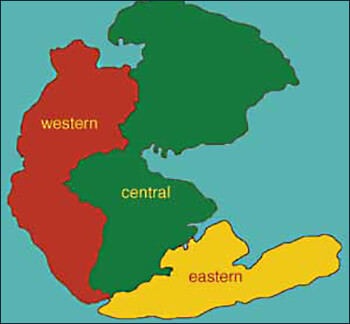
of Pangaea (the original continent)
Salt water stimulated the first protoplasmic reactions of the first living cells to function on the planet.

500,000,000 years ago primitive marine vegetable life was well established.
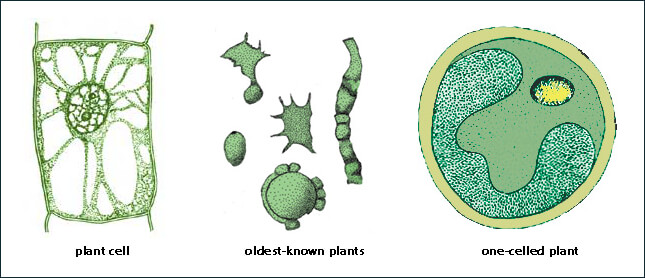
The bacteria [are] simple vegetable organisms of a very primitive nature. 65:2.3 (732.1)

Soon after, the continents began to drift apart. Greenland, the arctic land mass, with North and South America, drifting west. Africa split from Europe and Asia creating the Mediterranean basin. Antarctica, Australia, and the land indicated by the Pacific islands drifted south and east.
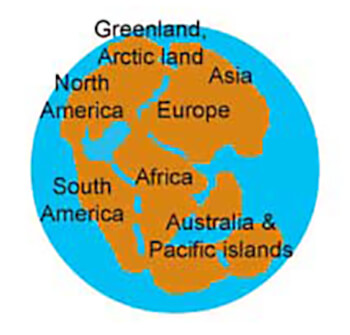
"Our purpose in making three marine-life implantations was to insure that each great land mass would carry this life with it, in its warm-water seas, as the land subsequently separated. We foresaw that in the later era of the emergence of land life large oceans of water would separate these drifting continental land masses."--The Life Carriers. 58:4.4 (668.2)
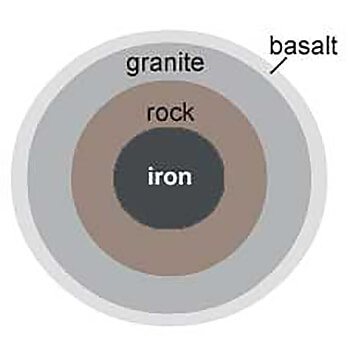
The outer one thousand miles of the earth’s mass consists principally of different kinds of rock. Underneath are the denser and heavier metallic elements, such as iron. The lava layers of the earth’s crust, when cooled, form granite. Sea bottoms consist largely of basalt, a form of lava considerably heavier than the granite of the land masses, which are then enabled to "float."
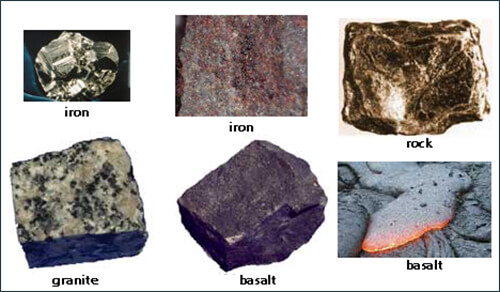
450,000,000 years ago the transition from vegetable to animal life occurred, a gradual development inherent in the original life patterns.
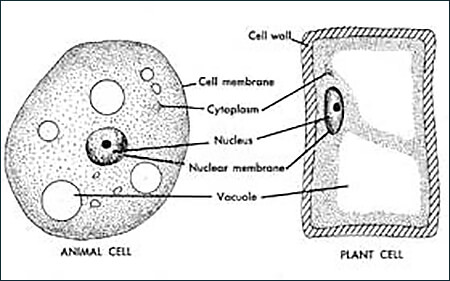
One surviving example is the slime molds, which can hardly be classified as either plant or animal.
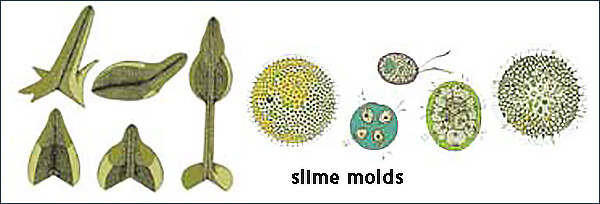
Fossils from this life-dawn or Proterozoic era will yield the remains of vegetable and early primitive animal life, algae, corallike plants, primitive Protozoa, and spongelike transition organisms.
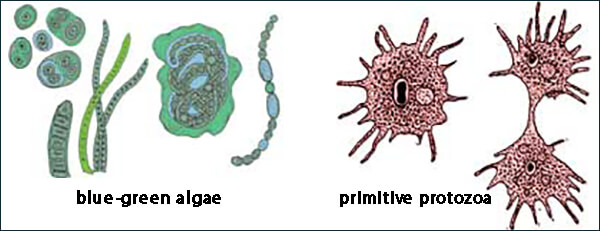
In those days the extensive shoreline waters of the various land masses and the many inland seas swarmed with the simple forms of primitive animal marine life, mostly without shells, which had developed from preceding vegetable organisms, while the bottoms of the shallow and extensive inland seas were being gradually overrun by a profuse and luxuriant growth of vegetation.
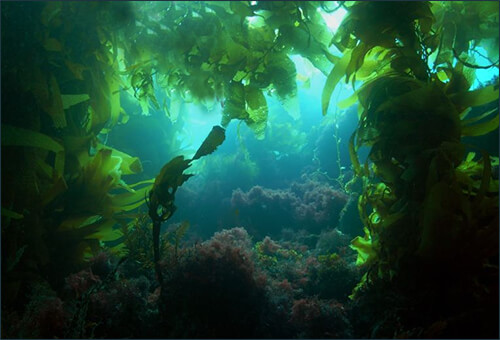
The stone layer, the oldest fossil-bearing stratum in the crust of the earth, has been crumpled, folded, and grotesquely twisted as a result of the upheavals of earthquakes and the early volcanoes. The lava flows of this age brought much iron, copper, and lead up near the planetary surface.
During these times of primitive marine life, extensive areas of the continental shores sank beneath the seas from a few feet to half a mile. Much of the older sandstone and conglomerates represents the sedimentary accumulations of these ancient shores. The sedimentary rocks belonging to this early stratification rest directly upon those layers which date back far beyond the origin of life, back to the early appearance of the world-wide ocean.
Some of the upper layers of these transition rock deposits contain small amounts of shale or slate of dark colors, indicating the presence of organic carbon and testifying to the existence of the ancestors of those forms of plant life which overran the earth during the succeeding Carboniferous or coal age.
Much of the copper in these rock layers results from water deposition. Some is found in the cracks of the older rocks and is the concentrate of the sluggish swamp water of some ancient sheltered shore line. The iron mines of North America and Europe are located in deposits and extrusions lying partly in the older unstratified rocks and partly in these later stratified rocks of the transition periods of life formation.
The continent of North America is rich in the fossil-bearing deposits of the entire marine-life era. The very first and oldest layers are separated from the later strata of the preceding period by extensive erosion deposits which clearly segregate these two stages of planetary development.
* * *
There are no "missing links." From era to era radically new species of animal life appear full-fledged and suddenly, not as a result of gradual accumulation of small variations. These genetic mutations are wholly biologic, strictly natural, and there is nothing supernatural connected to them. According to the degree of the ocean’s saltiness, animals evolved ingenious techniques to either increase or decrease the saltiness of their body fluids, thus enabling some to live in fresh water. Plants and animals never cease to make these adjustment experiments, and study of the rock-embraced fossils of marine life reveals the early struggles of these primitive organisms.
The physical make-up of all new orders of life are governed by physical laws, but the subsequent endowment of mind is a bestowal of the adjutant mind-spirits in accordance with innate brain capacity, which in turn is wholly dependent on the brain capacity afforded by purely physical and evolutionary developments.
- Paper 57: The Origin of Urantia
- Paper 58: Life Establishment on Urantia
- Paper 59: Marine Life Era on Urantia
- Paper 60: Urantia During the Early Land-Life Era
- Papers 61-62: Ape-to-Man Pictorial Guide
- Papers 61-62: How Man and the Ape Are Related


